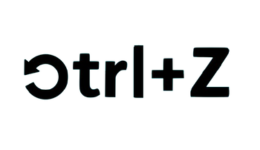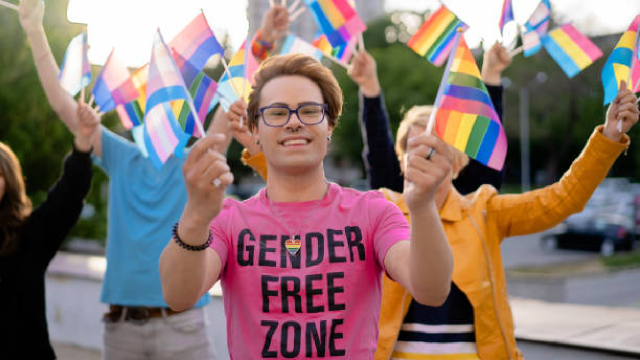
From an early age, society teaches us to categorize everything, from objects to people, into neat boxes. While this approach can help children make sense of the world, applying it to individuals is not only limiting but also reductive. It’s like viewing the world in black and white, leaving no space for the grays of human experience.
When we label a woman as ‘the nurturer’ and a man as ‘the protector,’ we not only confine them to these rigid roles, but we also fail to recognize that individuals of any gender have the capacity to embody both, or either, of these qualities.
Before diving into the concept of non-binary or the idea of a third gender, let’s first take a moment to understand some important terms and concepts:
Gender refers to the social roles and behaviors that society associates with being male, female, or something else. It’s a spectrum, with identities beyond just “man” or “woman.”
Sex is the biological characteristics, such as chromosomes, hormones, and reproductive anatomy. It’s also not binary and may or may not align with gender identity.
Sexual orientation is about who someone is emotionally or romantically attracted to, and it’s separate from gender identity.
Gender identity is a person’s deeply felt sense of their own gender, which can be fluid or fixed and may be male, female, both, neither, or something else.
Gender expression is how a person outwardly expresses their gender through appearance, behavior, clothing, and other traits. It may differ from their gender identity and can change over time.
The gender binary is the outdated concept that there are only two genders: male and female, typically linked to biological sex.
The traditional Binary structure, or the pink and blue box of gender identity, does not account for individuals who do not feel or identify as male or female.
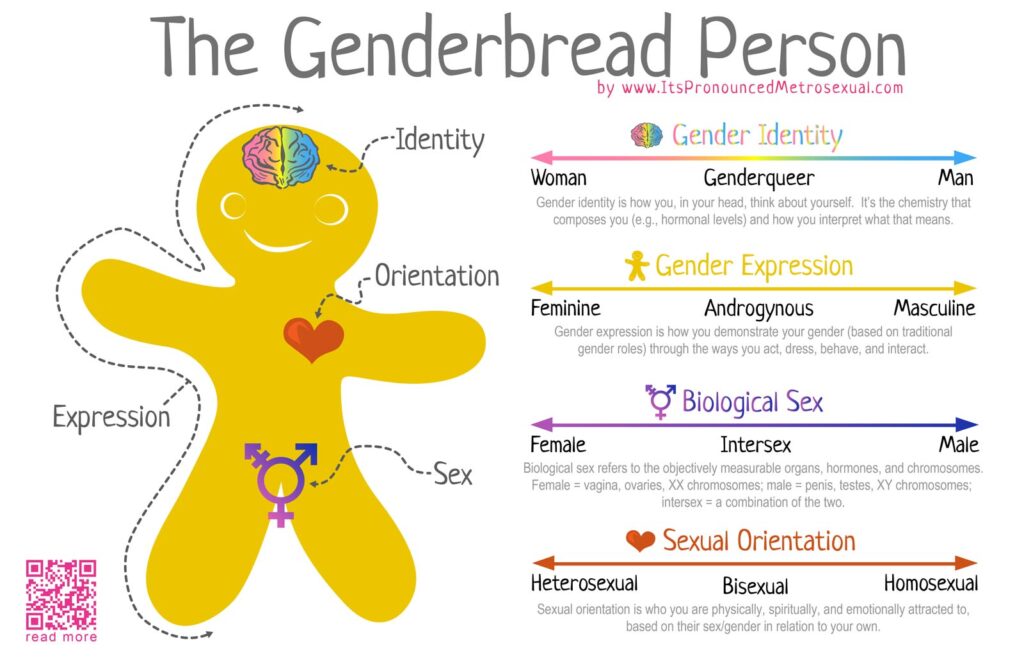
What does being non-binary mean?
Being non-binary means that a person’s gender identity doesn’t fit within the traditional categories of “male” or “female.”It’s a personal term, as in, how someone experiences or expresses their non-binary identity can vary from person to person.
Non-binary/trans individuals sometimes use a number of other terms to describe their gender: agender, genderfluid, genderqueer, gender-nonconforming, demigirl/boy, and the list goes on. Is this a western concept? Absolutely Not.
History of Gender Nonconformity
While the idea that gender isn’t binary may seem new to many people, gender non-conformity has always existed in different communities throughout the world. For example, hijras of South Asia, some Native American cultures in the U.S. and Canada have the term “two-spirit” to refer to gender non-conforming members, Indonesia’s waria community dates back to the early 19th century, the māhū of Hawaii, and this is not an exhaustive list.
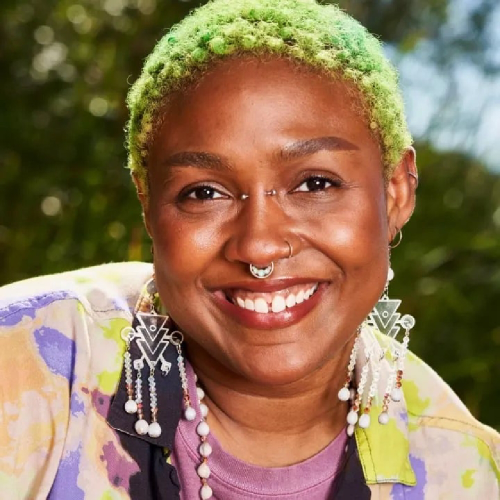
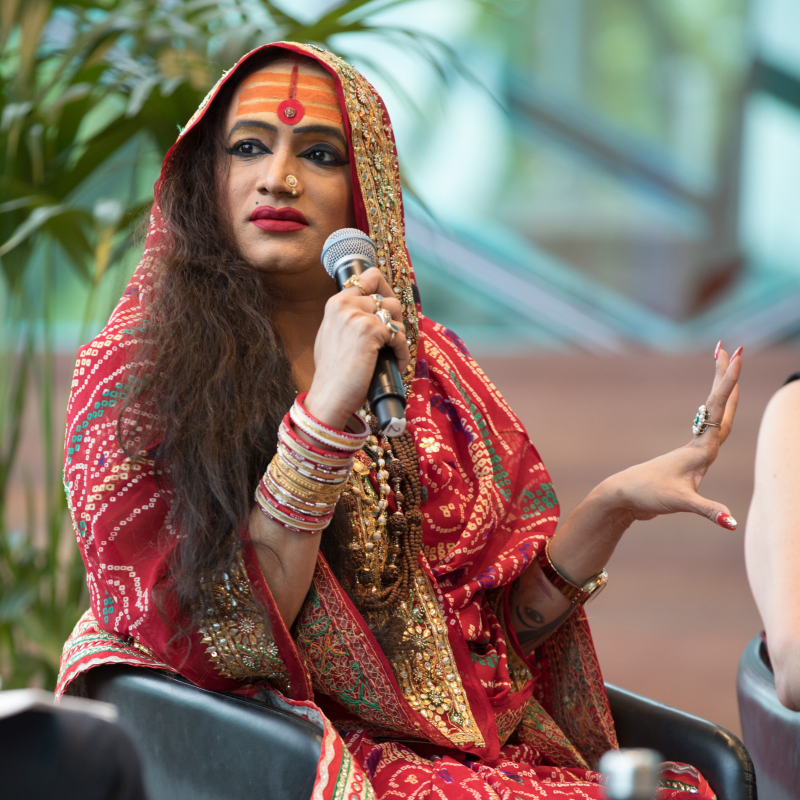
However, discrimination against these groups has occurred as long as their existence has. It is thanks to transgender icons such as Marsha P. Johnson and Sylvia Rivera that so much conversation around demands for equality from LGBTQ populations has emerged in the US and subsequently, the whole world.
Why Inclusivity is Important
Inclusivity means being mindful of others’ identities, using the correct pronouns, standing as an ally, and actively opposing harmful policies like anti-trans bills.
With celebrities like Amandla Stenberg and Demi Lovato, the millennial and Gen Z populations have come to embrace the idea of gender non-conformity, but there’s still a long way to go to realize this acceptance on a judicial level.
What’s crucial is that, whether we’re queer or non-queer, we create a society where everyone feels free to express themselves fully and safely.
WHAT CTRL+Z SUGGESTS
In a world where Glorified gender reveals often reinforce the binary concept and where places like America recognize only two genders—male and female—queer individuals are more vulnerable than ever.
It’s our responsibility to create safe spaces for them and hold accountable those who don’t. As allies, we can amplify non-binary voices, educate ourselves about gender diversity, and call out transphobia when we see it—whether it’s in a podcast, a meme, or a comment. Every step counts in making the world more inclusive.
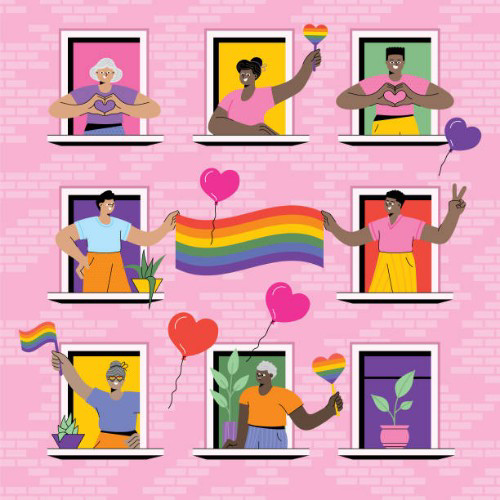
About the Author
Sneha
A young writer that writes about things that matter most- identity, family, adulting, digital life (or the lack of it). Sometimes, I also indulge in making memes and writing poetry; the two spectrums of creativity. I also love music and engaging in different fandoms. Always been the girl with ‘too many’ opinions and will always be one.
Quick links
About the Author
Sneha
A young writer that writes about things that matter most- identity, family, adulting, digital life (or the lack of it). Sometimes, I also indulge in making memes and writing poetry; the two spectrums of creativity. I also love music and engaging in different fandoms. Always been the girl with ‘too many’ opinions and will always be one.
